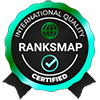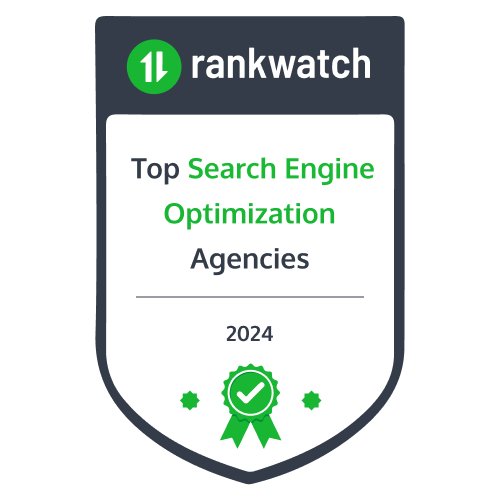The internet has shrunk the world, and your business can now reach a global audience. But with great opportunity comes great SEO responsibility. To truly thrive on the world stage, you need to go beyond standard SEO practices and embrace international SEO.
It opens doors to a vast audience, allowing you to connect with and convert customers across the globe. However, navigating the diverse landscape of online search can be challenging. Here is where this guide will help and equip you with the knowledge and tools to optimize your website for global success.
We’ll explore essential strategies, dive into technical considerations, and provide practical tips to help you navigate the exciting landscape of international SEO.
Understanding International SEO
3 International SEO Strategies for Global Domination

International SEO is the art and science of optimizing your website to rank higher in search results for users in specific countries or regions. It involves tailoring your content, technical structure, and outreach efforts to resonate with your target audience.
Think of international SEO as the bridge connecting your website to global audiences. You must learn to be in sync with different cultures, languages, and search engines. Just like you wouldn’t speak French in China, your website shouldn’t use the same approach for users in Singapore and Spain.
International SEO is not just a technical strategy; it’s a mindset shift involving:
- Identifying relevant search terms in your target languages and understanding how search intent varies across cultures.
- Adapting your content to match local preferences, dialects, and cultural nuances.
- Implementing Hreflang tags for specific languages,optimizing website speedfor international audiences, and ensuring mobile-friendliness.
- Employing backlinks from high-authority websites in your target countries and participating in local online communities.
- Tracking your website’s performance in different regions, analyzing user behavior, and constantly evolving your approach to stay ahead of the curve.
International SEO Strategies for Global Domination
About 50% of the users online are multilingual and use Google Search in a language that doesn’t match their local language. This multilingual landscape presents both challenges and opportunities for businesses and content creators.
Understanding the languages used by your target audience and creating content in those languages is crucial for reaching a wider audience and maximizing engagement. It’s about embracing the diversity of the online world and understanding that what works in one country might not work in another.
By adopting this global perspective and implementing the right strategies, you can transform your website into a magnet for international customers, propelling your business toward true global success coupled with the functionality of SEO HERO.
Now that you understand the ‘why,’ let’s delve into the ‘how.’ Here are some key strategies to implement:
1. Keyword Research with a Global Perspective
Conduct thorough keyword research to identify high-volume and relevant keywords with global search intent, considering different languages and locations to increase visibility in international markets.
- Go beyond your native tongue:Research relevant keywords in your target languages using tools like Google Keyword Planner.
- Consider local search intent:Understand how search terms vary across cultures and regions to tailor your content accordingly.
- Don’t forget long-tail keywords:Local users often use more specific search queries, so optimize for these long-tail variations.
2. Content Localization for Global Appeal
Create culturally and linguistically relevant content by adapting it to suit the preferences and needs of specific target markets, including translating content, incorporating local keywords, and addressing cultural nuances to enhance global appeal.
For instance, websites using country-code top-level domains (ccTLDs) tend to rank higher in search results for that specific country. It is a specific type of domain extension used to indicate the association of a website with a particular country or sovereign state.
- Embrace translation and transcreation:Don’t just translate; adapt your content to resonate with the cultural nuances and preferences of your target audience.
- Use local references and examples:Make your content relatable by incorporating local humor, brands, and events.
- Optimize for regional dialects and slang:Ensure your target audience understands your content by using appropriate language variations.
3. Technical Optimization for Global Accessibility
Optimize technical aspects of your website, such as page load speed, mobile responsiveness, and hreflang tags, to ensure a seamless user experience regardless of geographical location, making your website globally accessible and reducing bounce rates.
- Implement hreflang tags:They are a type of HTML attribute used to tell search engines the language and, optionally, the region of a particular web page.
To implement hreflang tags for international SEO, follow these steps:
Step 1: Identify Language and Region Codes: Determine the correct ISO language and region codes for your pages. For example, “en” for English, “es” for Spanish, with optional regional codes like “US” or “GB”.
Step 2: Add hreflang Tags to Your HTML: Insert hreflang tags in the <head> section of your HTML. Use the format:

Step 3: Specify a Default Language: Add a tag with hreflang=”x-default” to indicate a default language if no other tags match:

Step 4: Validate Your Tags: Use SEO tools like Google Search Console or specialized hreflang tag validators to check for errors and ensure tags are recognized correctly.
Step 5: Monitor Results: After implementing, monitor your international traffic using analytics tools to see the impact and adjust if necessary.
- Optimize your website speed:Slow websites are a global turn-off. Use tools like Google PageSpeed Insights to identify and address performance issues
- Consider a Content Delivery Network (CDN):A CDN delivers your content from geographically distributed servers, improving your website’s loading speed for international users
4. Building Backlinks with Global Reach
Develop a diverse and authoritative backlink profile by implementing an outreach strategy that targets relevant websites across different geographical regions, leveraging collaborations and partnerships to build backlinks with a global reach and improve international search visibility.
- Target high-authority websites in your target languages: Link building is crucial for SEO, so focus on reputable sites relevant to your industry and audience.
- Participate in local online communities and forums:Engage in discussions and contribute valuable insights to build relationships and earn backlinks organically.
- Consider partnering with local businesses and influencers:Collaborations can expand your reach and attract local backlinks.
5. Monitoring and Adapting for Continuous Improvement
Regularly monitor key performance indicators (KPIs) such as organic traffic, keyword rankings, and conversion rates using analytics tools.
Also, adapt your strategy accordingly by analyzing data, identifying trends, and implementing necessary improvements to optimize global search presence over time.
- Track your website’s performance in different regions:Use tools like Google Search Console and Google Analytics to monitor your website’s traffic and ranking across different countries. For granular data on your rankings in smaller regions, such as states or even on a zip-code level, consider using tools specialized for tracking local rankings.
- Analyze user behavior:Understand how your target audience interacts with your website to identify areas for improvement and content adjustments.
- Stay updated with internationalThe landscape is constantly evolving, so keep yourself informed about the latest best practices and algorithm updates.
6. Video Content in International SEO Strategies
Incorporating video content into international SEO strategies is a dynamic approach to engaging a global audience, enhancing search engine visibility, and driving traffic from various regions and languages. Videos have become an indispensable tool for capturing the attention of international users, providing a rich medium through which businesses can communicate their message, showcase their products, and share their culture. Here’s how to leverage video content effectively in your international SEO efforts.
Importance of Video Content in Global Reach
Enhanced Engagement: Videos can significantly increase user engagement, keeping visitors on your site longer and reducing bounce rates, which are positive signals to search engines.
Broadened Accessibility: With the addition of subtitles and voice-overs in multiple languages, videos become accessible to a wider international audience, breaking language barriers and enhancing user experience.
Improved Search Rankings: Search engines prioritize content that offers a good user experience. High-quality, engaging video content can improve your site’s ranking in search results, not just in your home country but globally.
Optimizing Video Content for International Audiences
Localize Video Content: Use online video editors to adapt your videos for different regions. This can involve translating text within the video, adding subtitles in multiple languages, and modifying visual elements to resonate with local cultures and preferences.
Keyword Optimization for a Global Audience: Conduct keyword research for each target country or language to understand what potential customers are searching for. Use these insights to optimize your video titles, descriptions, and tags, making your content easily discoverable by international search engines.
Leverage Video Editing Tools: Online video editor tools are invaluable tools for creating and editing video content that appeals to international audiences. These tools can help you customize videos quickly and efficiently, allowing for the easy insertion of localized subtitles, the use of culturally relevant visuals, and adjustments to meet regional content standards and preferences.
To create and edit video content tailored for international audiences using online video editor tools, follow these steps using a tool like Adobe Premiere Rush:
1. Create a Project and Import Footage
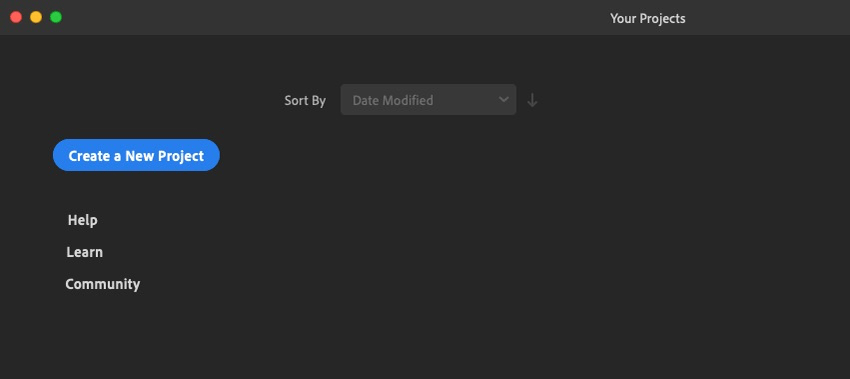
2. Import All of the Assets That You Want to Use
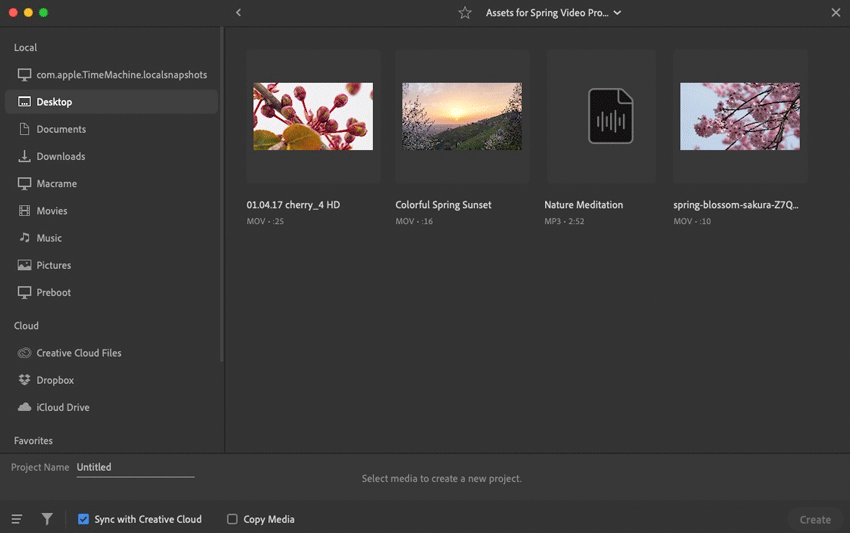
3. Click on each of the files that you want to add to your project
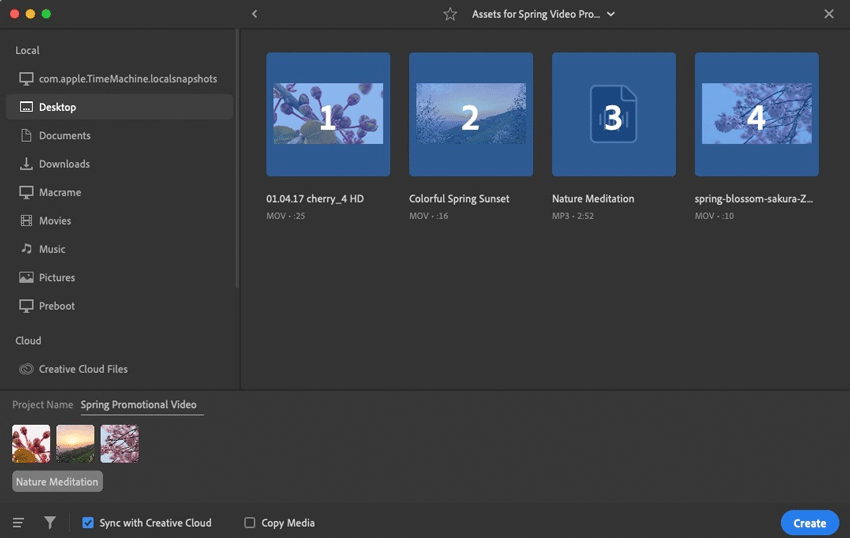
4. Trim and Sequence Your Shots on the Timeline
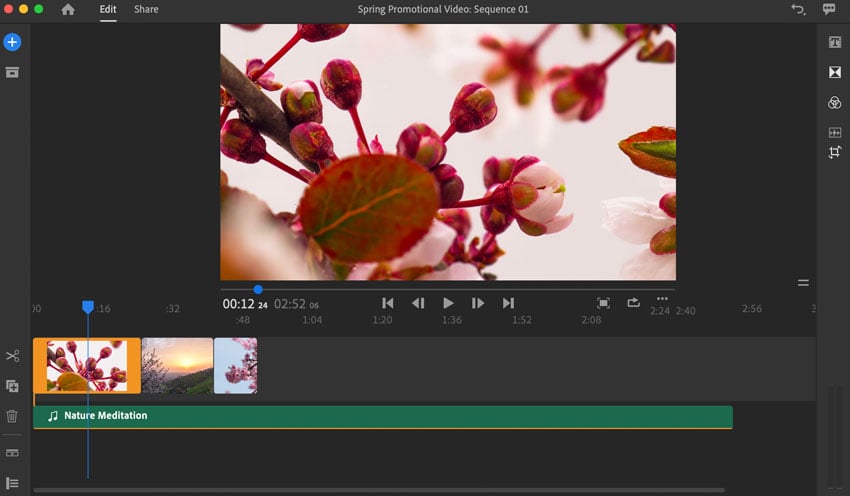
5. Add Video Effects and Adjustments
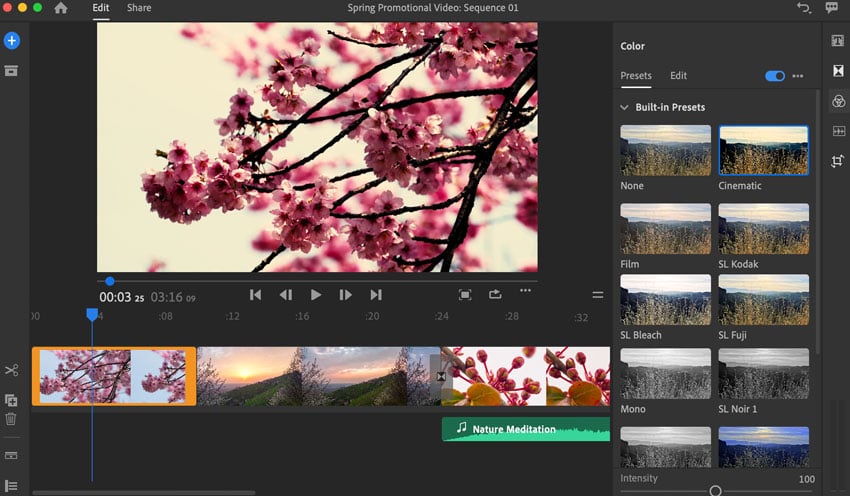
6. Audio Controls 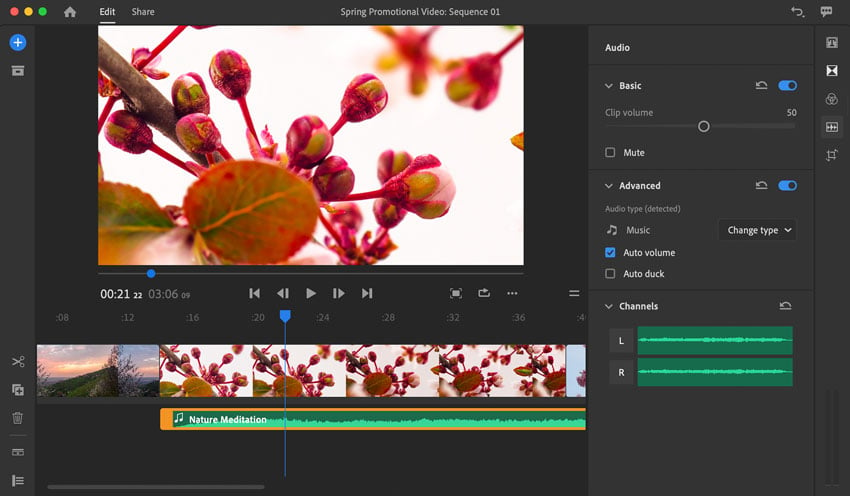
7. Add Text Overlays and Titles
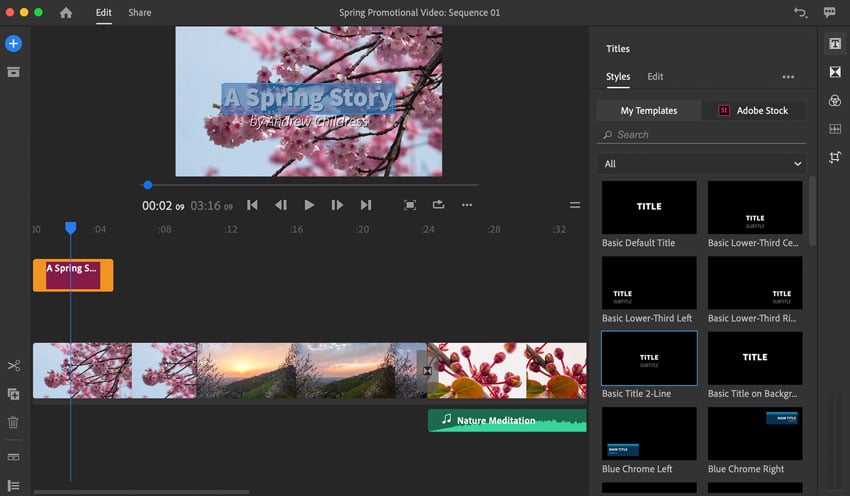
8. Export and Share
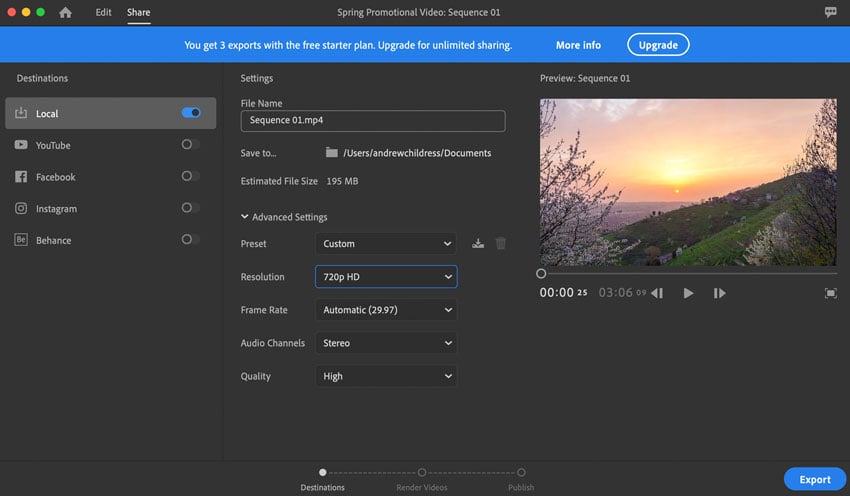
Host Videos Strategically: Consider hosting your videos on platforms with a strong international presence, such as YouTube or Vimeo. These platforms not only have built-in tools for subtitles and translations but also boast large, diverse user bases, increasing your content’s potential reach.
Embed and Share Wisely: Embedding videos directly on your site can boost engagement and time on site, while sharing them on social media and other channels can drive traffic. Tailor your sharing strategy to each target market, considering the most popular platforms and online behaviors in each region.
Why is International SEO Important?
While English is a dominant language online, it’s no longer the sole protagonist. Users are increasingly comfortable searching and consuming content in their native languages or preferred languages, indicating a growing demand for diverse content and accessibility.
International SEO is crucial for businesses aiming to reach global markets. It enhances visibility across different geographic and language-specific search engines, driving targeted traffic and improving user experience by presenting content that is culturally and linguistically tailored.
A compelling example is a study by Search Engine Journal which showed businesses that optimized for international SEO saw a 50% increase in traffic from foreign markets. Furthermore, expert opinions like those from Neil Patel underline the significance of adapting SEO strategies to local preferences and search behaviors, leading to better engagement and conversion rates.
Going international reveals a vast pool of potential customers, increases brand awareness, and boosts your bottom line. Here are a few compelling reasons to embrace international SEO:
- Reach new markets:Tap into previously unexplored territories with booming online populations
- Diversify your revenue streams:Expand your customer base and mitigate dependence on a single market
- Enhance brand image:Position yourself as a global player, attracting talent and potential partners
- Gain a competitive edge:Stay ahead of your competition by establishing yourself early in high-growth markets
Factors That Affect International SEO
Several critical factors influence the effectiveness of International SEO. Understanding these elements is key to tailoring strategies that penetrate and perform well in targeted regions.
Mobile Responsiveness
Mobile responsiveness is a crucial factor in international SEO, as mobile usage varies significantly across different countries. Websites optimized for mobile provide a better user experience, which is a key ranking factor for search engines like Google.
Customer Reviews
Customer reviews are pivotal in international SEO because they enhance local relevance and trustworthiness, impacting both search rankings and consumer behavior. Positive reviews can boost your visibility in local search results, particularly in specific country-based Google domains.
Link Building
Link building remains a foundational element of SEO, including on the international stage. Building a network of backlinks from reputable sites within the target locale can significantly boost domain authority and improve search engine rankings.
Google My Business Account
For businesses targeting specific regions, a Google My Business account is indispensable for enhancing local SEO performance. This tool allows businesses to manage their online presence across Google, including Search and Maps.
Technical Considerations for International SEO
Navigating international SEO requires a strategic approach to technical considerations to ensure your website is optimized across different countries and languages.
Implementing Region-Specific URLs
For international SEO, using region-specific URLs is crucial. This approach helps search engines and users identify the geographic targeting of your content. Methods include using country-code top-level domains (ccTLDs), subdirectories with gTLDs, or subdomains with gTLDs
Implementing Hreflang Tags
Hreflang tags are essential for multilingual websites, signaling to search engines which language and region the content is targeting. Proper implementation ensures that users see the version of the site most relevant to their location and language preferences, preventing issues like language mismatches in search results.
Resolving Duplicate Content and Canonicalization Issues
In international SEO, duplicate content can arise when the same content is accessible through multiple URLs. This is particularly problematic when targeting multiple countries or languages.
Optimizing Website Speed and Performance
Website speed is a significant ranking factor, influencing both user experience and SEO performance. For international audiences, ensure that your website loads quickly and efficiently regardless of location.
Regulating Auditing Your Website
Regularly auditing your website for international SEO ensures that you are consistently aligning with best practices and adapting to any new SEO developments or technical issues.
How to Measure and Analyze International SEO Performance
Measuring and analyzing international SEO performance is critical to understanding how effectively your website engages different global audiences. Start by setting up region-specific tracking in tools like Google Analytics, where you can monitor traffic, conversion rates, and user behavior segmented by country.
Use Google Search Console to track visibility and indexing status across different Google country domains. It’s also vital to measure the performance of local keywords, observing rankings in each target market to ensure your content aligns with local search trends.
How is International SEO Different from Local SEO?
| Features
|
|
|
||||||
|---|---|---|---|---|---|---|---|---|
|
|
|
||||||
| Audience
|
|
|
||||||
| SEO Techniques |
|
|
||||||
| Content Strategy |
|
|
||||||
| Domain Structure |
|
|
||||||
| Search Engines |
|
|
||||||
| Performance Metrics |
|
|
||||||
| Link Building |
|
Aims to gain links from locally relevant sources within the community or industry. |
Wrapping Up
International SEO opens up a world of possibilities for your business. By implementing the strategies outlined above, you can unlock new markets, attract global customers, and solidify your brand as a leading player on the international stage. Build bridges with your content, spark conversations with your design, and create a website that transcends borders and unites individuals through the immense power and scale of the internet.
Remember, it’s a journey, not a destination. So, adapt, analyze, and keep optimizing to conquer the globe, one search engine result page at a time.
Frequently Asked Questions
Why is hreflang important for international SEO?
Hreflang tags are crucial for international SEO because they help search engines understand which language and regional version of a page to display to users based on their location and language preferences.
How do I choose target countries or languages for my website?
To choose target countries or languages for your website, start by analyzing your current website traffic to identify where existing visitors come from and what languages they speak. Consider market research to understand which regions show demand for your products or services.
Can social media impact my international SEO strategy?
Yes, social media can significantly impact your international SEO strategy. Active engagement on social media platforms can increase brand visibility and drive traffic to your website from various global markets.



